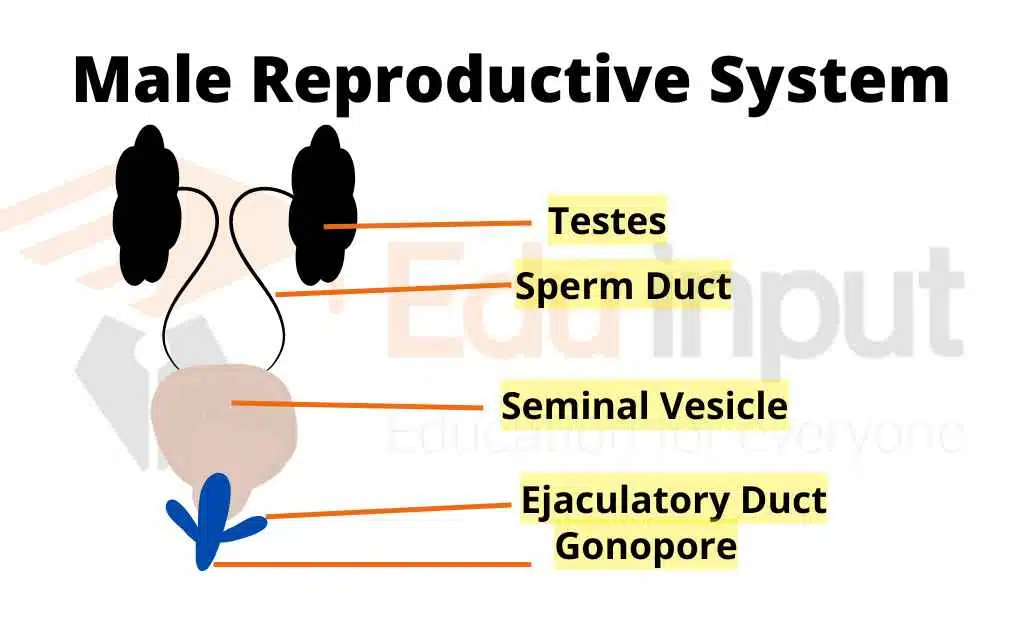Reproductive Strategies in Reptiles, Birds, And Mammals
The male and female gametes have the same uses in all animals. Vertebrate evolution has developed a close link between reproductive biology and sexual behavior. Reproduction dominates the lives of many vertebrates. Its examples are salmon. It migrates and dies during reproduction. Females of most mammals show heat or estrus.
Estrus is a period of sexual receptivity. It occurs during the same time each year. The genetic, hormonal, and nervous system controls the time of estrus. Thus the young are born in the most suitable environmental conditions.
Reproductive Strategies in Reptiles, Birds, And Mammals
The reptiles, birds, and early mammals have simple reproductive systems. These simple systems later developed into complex reproductive systems in mammals.
(a) Shelled Egg With Yolk:
The reptiles develop shelled, desiccation-resistant including humans. eggs. These eggs had three basic embryonic membranes. These membranes are also present in the mammalian embryo. They develop a flat embryo. It undergoes gastrulation. It has a huge yolk mass. The same process of gastrulation is still seen in mammalian embryos. But the massive yolk has been lost.
(b) Evolution Of Internal Development:
The mechanisms of internal development evolved in some early mammals. The embryo was nourished with nutrients and oxygen during gestation. It was protected from attack by the female’s immune system. After birth, the first mammals nourished their young with milk from the mammary glands. This mechanism is still present in primates (humans) today.
(c) Evolution Of Reproductive Behaviors:
Female apes and monkeys are asynchronous (which do not produce young continuously breeders. Mating and births can take place over much of the year. Females mate only when in estrus. It increases the chance of fertilization. Human females show a less distinctive estrus phase. Therefore, it can reproduce throughout the year. They also undergo sexual activity without reproductive purpose.
Sexual behavior is not tied to ovulation. These are important physiological reproductive adaptations. They are caused due to evolution of the brain. This process gave humans some conscious control over their emotions and behaviors. On the other hand, hormones, instincts, and the environment control sexual behaviors in other animals.
(d) Development of culture:
Thus sex has separated from reproductive function in humans. It has evolved a long-lasting relationship between human males and females (marriage). This relationship further supports the offspring. This type of behavior has developed cultures in humans. It is a key to the evolution and success of the human species.
Also Read About Gustation Mechanism in Reptiles, Birds, And Mammals






Leave a Reply